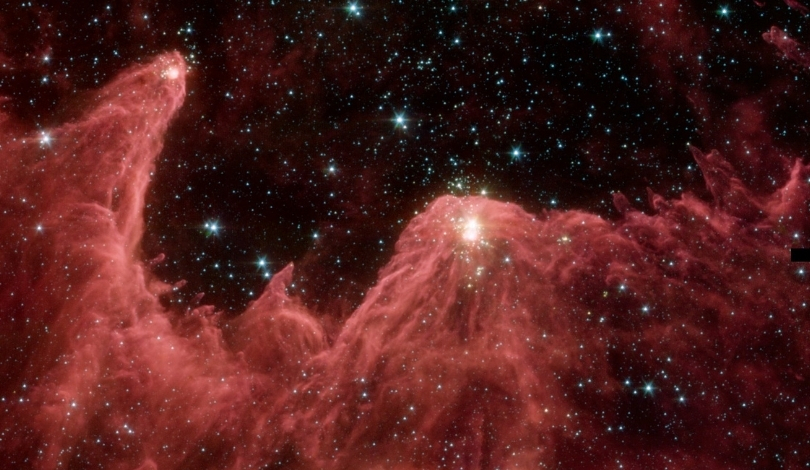Mars, a planet that once boasted flowing rivers and vast lakes, now lies dry and barren. Recent discoveries from NASA’s Perseverance rover and the MSL Curiosity in Jezero and Gale Craters, respectively, continue to unveil minerals that only form in water, further solidifying the theory of a once wet Mars. However, the question remains: where did all the water go? This question fuels ongoing research as scientists explore the possible destinations of Mars’ ancient water reserves.
Previously, evidence suggested that water either retreated to Mars’s polar caps or seeped underground. In 2018, researchers discovered a potential subglacial lake beneath the southern polar region, although this finding remains contentious. The recent study, however, provides a new direction by examining atmospheric hydrogen and deuterium using data from the Hubble Space Telescope and NASA’s MAVEN orbiter. This dual approach enabled scientists to monitor deuterium escape over three Martian years, offering fresh insights into Mars’ atmospheric processes.
Hydrogen and Deuterium Dynamics
The study concentrates on two forms of hydrogen: regular hydrogen (H) and deuterium (D). Deuterium, being heavier due to an extra neutron, tends to remain behind when hydrogen escapes into space. This differential escape rate has shifted the hydrogen-to-deuterium ratio over time. Researchers observed that ultraviolet light from the Sun splits water molecules in Mars’ atmosphere, with lighter hydrogen more likely to escape into space.
MAVEN and Hubble Contributions
NASA’s MAVEN, launched in 2013, has been crucial in studying Mars’ atmospheric loss. Its instruments, however, cannot monitor deuterium emissions year-round due to Mars’ elliptical orbit. Hubble’s high-resolution UV instruments filled this gap, combining data with MAVEN to track deuterium and hydrogen loss. The combined data indicated that water molecules rise more rapidly when Mars is closer to the Sun, leading to increased atmospheric escape of hydrogen.
This study shifts previous understandings; it was once thought that hydrogen and deuterium atoms gradually diffused upwards before escaping the thin atmosphere. Now, it is evident that proximity to the Sun accelerates water molecule dissociation and escape, providing a more dynamic picture of Martian atmospheric processes.
This research suggests that solar wind and sunlight-driven chemical reactions in the upper atmosphere provide the energy boosts necessary for hydrogen atoms to escape, while deuterium atoms, being heavier, require additional energy to do so.
The implications of this research extend beyond Mars, offering insights into the atmospheric evolutions of other rocky planets, including Earth and Venus. Understanding why Mars lost its water while Earth retained its vast oceans could reveal critical factors influencing planetary habitability.
Mars’ water mystery is gradually unraveling, but questions remain. The continued study of Martian atmospheric processes will shed more light on how Mars transitioned from a wet, warm world to its current arid state. This knowledge also aids in our understanding of other planets and exoplanets, potentially guiding future explorations and discoveries.










